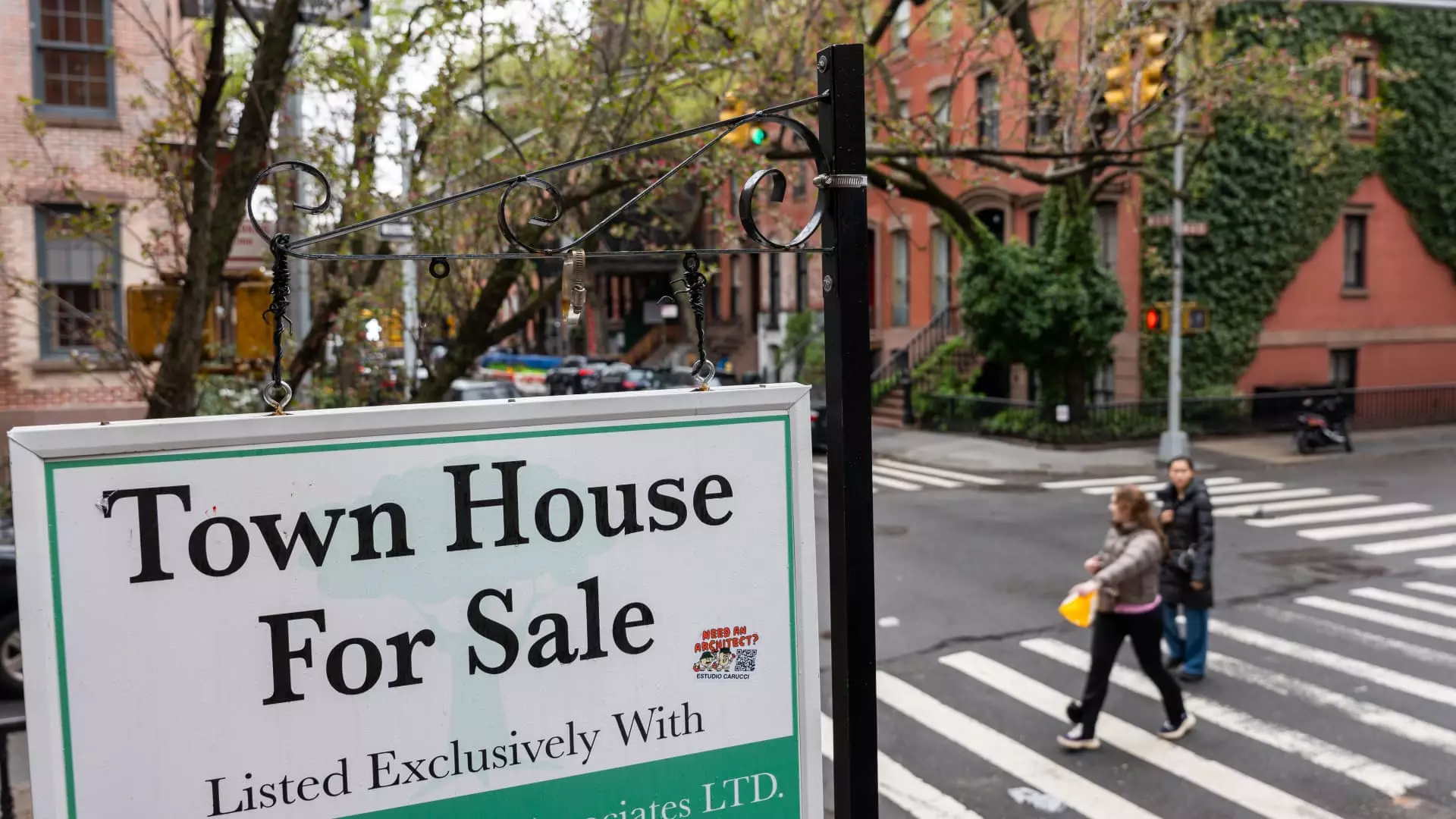The Manhattan real estate market is experiencing a shift towards becoming a buyer’s market in 2024. With apartment prices falling and inventory increasing in the second quarter of the year, buyers are gaining more leverage in negotiations. Reports from Douglas Elliman and Miller Samuel indicate that the average real estate sales price in Manhattan decreased by 3% to just over $2 million. The median price also saw a 2% decline to $1.2 million, with luxury apartment prices falling for the first time in over a year. This downward trend is a direct result of the rising inventory of apartments for sale, which are now taking longer to be sold.
The number of apartments for sale in Manhattan has surpassed the 10-year average, with over 8,000 units currently on the market. Jonathan Miller, CEO of Miller Samuel, noted that the borough now has a 9.8 month supply of apartments for sale, indicating a significant increase in inventory. According to Brown Harris Stevens, any supply exceeding 6 months signifies a buyer’s market, which Manhattan is evidently transitioning towards. This surplus of available properties contrasts with the national real estate landscape, where tight supply has been driving prices up.
Real estate analysts and brokers attribute the declining prices in Manhattan to a post-Covid market that proved to be unsustainable. Both buyers and sellers are recognizing the need to adjust to a higher interest rate environment, leading to increased agreement on terms. As a result, more deals are closing, with a 12% uptick in sales compared to last year. This increase marks the first sales rebound in two years, signifying a rejuvenated market after a stagnant first quarter.
High rents in Manhattan are playing a role in driving sales, with the average apartment rental price remaining above $5,100 per month in May. The expectation of rising rents in late summer is prompting potential buyers who were renting to reconsider purchasing. The hope for decreasing interest rates towards the end of 2024 or early 2025 is also a motivating factor for buyers to enter the market. However, Manhattan’s real estate market is less impacted by mortgage rates due to the prevalence of cash sales, which accounted for 62% of deals in the second quarter.
While prices have fallen across all segments of the Manhattan real estate market, the luxury segment is notably weak. The median sale prices in the luxury category, representing the top 10% of the market, declined by 11% in the second quarter. Additionally, the listing inventory of luxury apartments surged by 22%. This decline in the high-end market is attributed to the hesitation of wealthy buyers to make significant purchases before the conclusion of the elections. According to Miller Samuel, this weakness may either be the start of a trend or a temporary occurrence.
The Manhattan real estate market is undergoing a significant transformation in 2024, characterized by falling prices, increasing inventory, and shifting dynamics between buyers and sellers. As the market leans towards becoming more favorable for buyers, sellers are adapting to the changing landscape by adjusting their expectations and closing more deals. The luxury segment, in particular, is facing challenges, indicating a potential shift in preferences among high-end buyers.

Leave a Reply